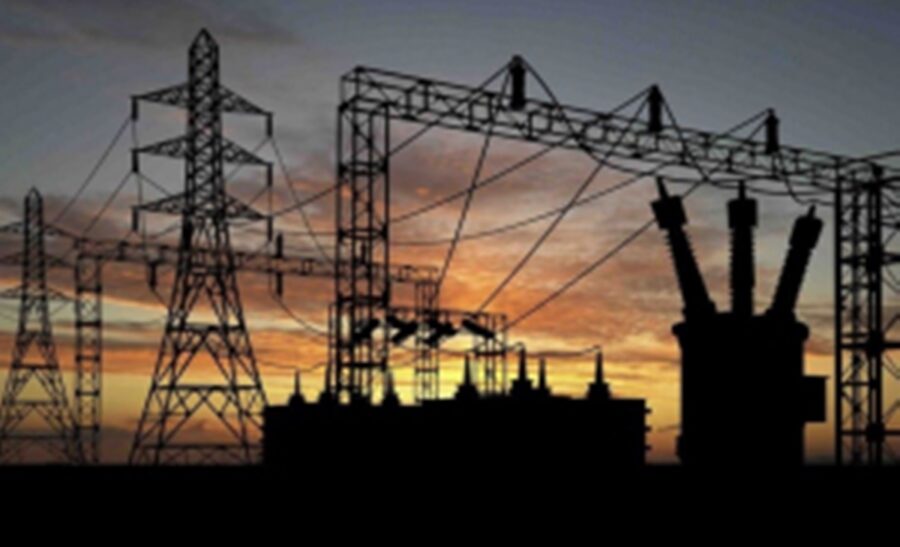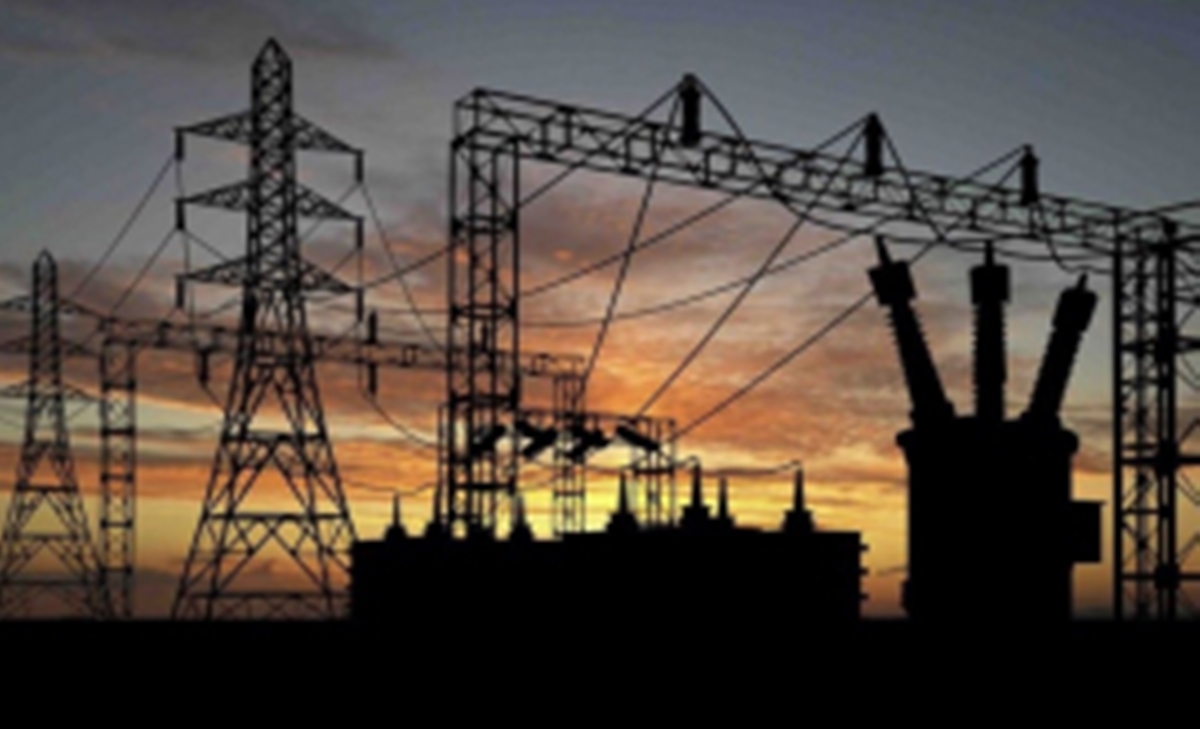
Load Shedding: Eskom reduces to Stage 4
Power utility Eskom has announced a reduction in load shedding from Stage 6 to Stage 4 with immediate effect.

Eskom has seen a significant improvement in its generating capacity due to the return of some generating units that were lost to service and the replenishment of emergency reserves at the pumped storage and Open Cycle Gas Turbine (OCGT) power stations.
Due to this improvement, Eskom announced the reduction in the implementation of Stage 6 to Stage 4 load shedding, starting on Sunday from 12 pm until 5 am on Monday.
“We have seen significant improvement from Friday when we implemented Stage 6 load shedding and on Saturday. We have made progress as a result of the intensification of load shedding. The [diesel] volumes at Ankerlig Power Station… are sitting at 55%, Acacia Power Station at 50% and Port Rex Power Station at about 55%.
“Once they are above these levels we should be able to manage them. In relation to our pump storage at Drakensberg [we have] additional generation hours, it is about 90 hours of generation, Ingula we have 58 hours of generation and at Palmiet 33 hours of generation,” Minister in the Presidency responsible for Electricity, Dr Kgosientsho Ramokgopa, said on Sunday.
He made these remarks while providing an update on electricity generation performance following the implementation of Stage 6 load shedding by Eskom.
The power utility said Stage 3 load shedding will be implemented from 5 am until 4 pm on Monday, followed by Stage 4 load shedding from 4 pm until 5am on Tuesday.
This pattern of implementing Stage 3 load shedding in the morning and Stage 4 load shedding in the evening will be repeated daily until Thursday.
The Minister noted that Matla unit 2 has come back, Arnot unit 3 has come back and Tutuka has come back.
“Two things have happened that we promised. We have replenished our emergency reserves and some units have come back… Kriel unit 3 has come back. There’s an expectation that on Sunday… Medupi 5 [will come back] and [on Monday], we are planning to receive two units, Majuba and Lethabi,” Ramokgopa said.
He explained that on Friday there was a spike in the demand of above by 1 500 megawatts (MW).
“We had to do one of two things – either continue to deploy the emergency reserves, which we were depleting faster than anticipated, so that was not an option.
“The second option – intensify load shedding and that is the option that we followed because it is the most judicious option, with the challenges that were confronting us.
“The major problem started the week preceding the last one where we had a significant amount of losses and this meant that we had to engage our emergency reserves,” the Minister said.
Eskom took a decision to engage the emergency reserves because we they were anticipating generating units to come back on time to provide relief.
“Indeed those units that were scheduled to come back were able to come back on time but then we had a significant amount of units that were failing. When we opened the week of 13 November, the emergency reserves were at levels below 70%.
“This includes our pump storage and the OCGT. As we continued to deploy them, there was significant reduction in those reserves, which is the dam levels and OCGT.
“There was a significant dip on 21 November and that significant dip in relation to the emergency reserves coincided with us losing units because we must compensate the megawatts that are lost as a result of the dip.
“Once it [the dip] reached critical levels, our primary preoccupation was to protect the grid and we pulled the emergency reserves back and as we pulled them back, it means that there were less megawatts available,” the Minister said.
He reiterated that if Eskom builds an additional buffer, it means that the country will be less prone to major fluctuations in the intensity of load shedding.
“…That’s why unit 2 and 5 at Kusile Power Station are important. We are targeting those to come back by the third week of December. Once you build that buffer, even if you had to have extraordinary events, there is some degree of buffer and therefore the rate at which we intensify load shedding might not be as severe as we have experienced over the last 30 hours or so,” the Minister said.
